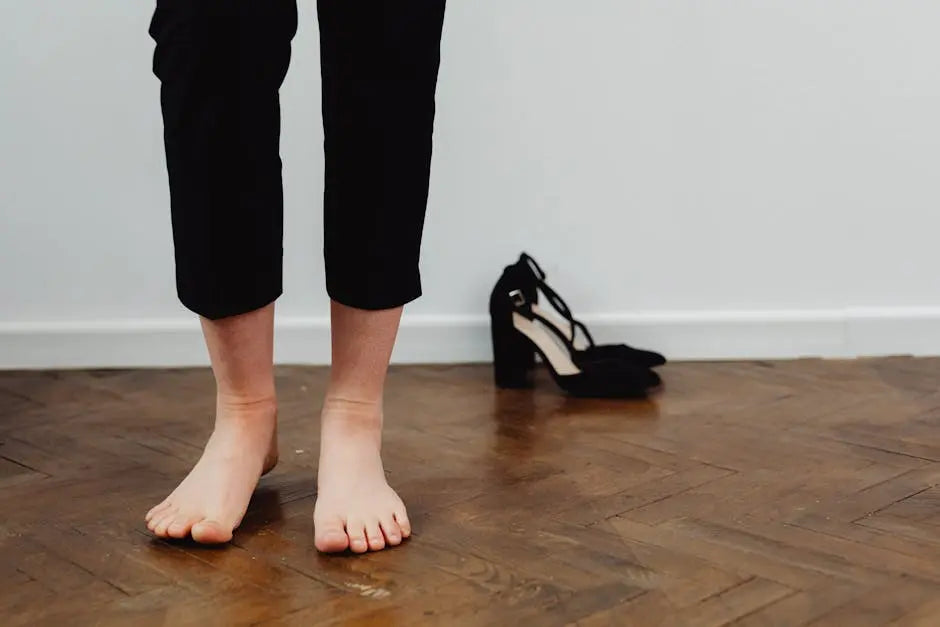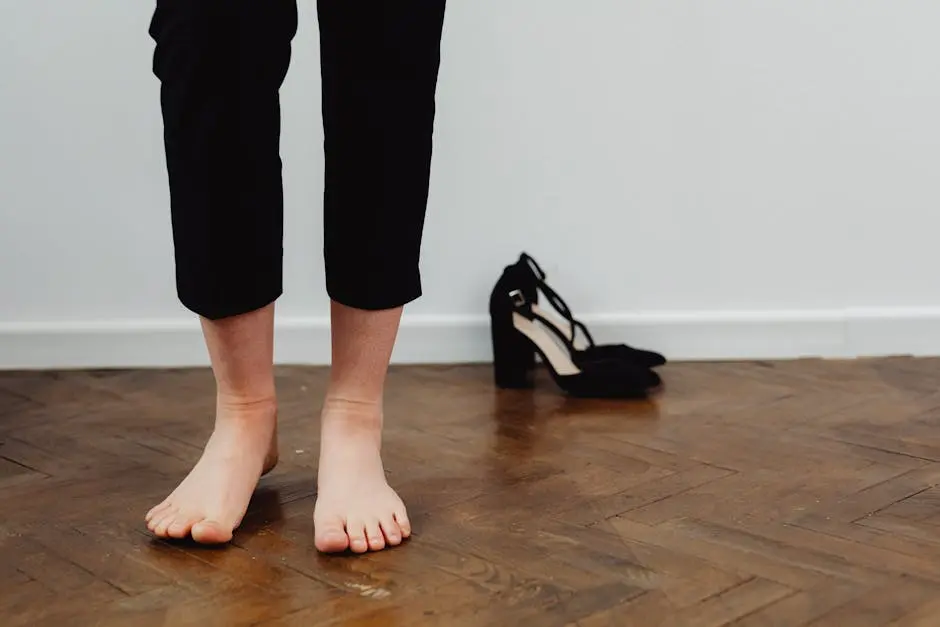
How Do Barefoot Design Shoes Support Natural Foot Movement?
Barefoot design shoes have become increasingly popular among enthusiasts who desire a more natural approach to foot movement. But how exactly do these shoes support the way our feet were meant to move? In this FAQ, we’ll explore the key elements of barefoot design shoes and how they promote natural foot movement.
Understanding the Basics of Barefoot Design
At the core of barefoot design shoes is the idea of mimicking the natural shape and movement of the foot. These shoes are designed with minimal cushioning and support, which allows the foot to move more freely, similar to walking barefoot.
The philosophy behind barefoot design centers around enhancing sensory feedback from the ground. By doing so, barefoot shoes help improve proprioception, which is your body’s ability to sense movement, action, and location. This results in not only a more natural gait but also better balance and coordination.
For many users, the transition to barefoot design shoes may take time as it requires adapting to a new way of walking. However, the benefits, including improved posture and reduced pain in areas such a lower back, can be significant once you’ve adapted.
Key Elements of Barefoot Design Shoes
Barefoot design shoes are often characterized by their thin soles, wide toe boxes, and flexibility. These elements work together to encourage natural movement and healthier foot mechanics by eliminating restrictions commonly found in traditional footwear.
The thin soles are instrumental in providing that barefoot feel, allowing the foot to perceive textures and changes in terrain directly and thus reacting swiftly to them. This feature helps to develop stronger foot muscles and joints over time.
Another critical aspect is the wide toe box. Unlike constricting traditional shoes, barefoot shoes let your toes spread naturally which is vital for maintaining balance and stability.
How Flexibility Enhances Natural Movement
The flexibility of barefoot design shoes allows your feet to bend and move as they naturally would. This flexibility supports better balance and stability, reducing the risk of injury and enhancing overall movement efficiency.
Flexible soles are integral to simulating a barefoot experience. This flexibility encourages a natural gait, promoting the full range of motion for the foot, an effect that can help to strengthen foot muscles over time.
Another advantage of flexible shoes is their ability to adapt to different surfaces, providing the necessary support and cushioning on uneven terrain and enabling users to maintain their natural rhythm.
With flexible barefoot shoes, there’s a reduced risk of common injuries like sprains, as they allow the foot to respond naturally to unexpected shifts.
Why Toe Splay Matters
A wider toe box in barefoot design shoes encourages toe splay, which is crucial for maintaining balance and distributing weight evenly across your feet. This design prevents issues like bunions and promotes stronger foot muscles.
Toe splay is more than just about comfort; it plays a key role in stabilization. When toes are allowed to spread upon contact with the ground, it improves the user’s grip on different surfaces.
Proper toe splay fosters a more natural movement pattern, ultimately leading to less strain on feet and joints. Over time, this can contribute to better posture and overall alignment throughout the body.
Choosing the Right Barefoot Design Shoes
When selecting barefoot design shoes, consider factors such as fit, sole thickness, and material. Ensuring a proper fit will help maximize the benefits of barefoot walking while ensuring comfort and safety.
It’s essential to try on different models to find a pair that complements your foot type and activity level. Factors like arch height should be taken into account when aiming for the best fit.
Additionally, consider the shoe’s material. Many barefoot shoes are made with breathable and lightweight materials that further enhance comfort. This aligns with the overall objective of mimicking the barefoot experience closely.
Remember that transition is key. When first incorporating barefoot design shoes into your daily routine, start slowly to allow your feet and lower body to adjust. Gradually increasing wear time can help prevent any potential discomfort.
Embracing Natural Movement with Barefoot Shoes
Barefoot design shoes offer a unique approach to footwear that encourages natural foot movement. By understanding the key elements such as a minimalistic design, flexibility, and toe splay, users can make informed decisions about incorporating these shoes into their lifestyle for improved foot health and comfort.
- Choosing a selection results in a full page refresh.
!






















































